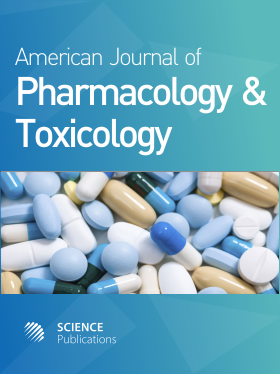Influence of a Low-Level Semiconductor Gallium Arsenate Laser in Experimental Envenomation Induced by Bothrops atrox Snake Venom
- 1 Universidade Federal do Amapá, Brazil
- 2 Secretaria de Estado da Saúde, Macapá, Brazil
- 3 Universidade Federal Rural da Amazônia, Brazil
Abstract
Bothrops atrox is responsible for the majority of snakebite accidents in Brazilian Amazon and its venom can cause prominent local tissue damage. Experimental groups consisted of five male mice, each administered either B. atrox Venom (VB), B. atrox Venom + Antivenom (VAV), B. atrox Venom + Laser (VL), B. atrox Venom + Antivenom + Laser (VAVL), or Sterile Saline Solution (SSS) alone. Paw oedema was induced by intradermal administration of 0.05 mg kg-1 of B. atrox venom and was expressed in mm of directly induced oedema. Mice were subcutaneously injected with 0.10 mg kg-1 of venom for evaluation nociceptive activity and the time (in seconds) spent in licking and biting responses of the injected paw were taken as an indicator of pain response. Inflammatory infiltration was determined by counting the number of leukocytes present in the gastrocnemius muscle after venom injection (0.10 mg kg-1). Myotoxicity was studied by determining the plasmatic rise of creatine kinase activity after venom injection (0.20 mg kg-1). For histological examination of myonecrosis, venom (0.10 mg kg-1) was administered intramuscularly. The site of venom injection was irradiated by GaAs laser and some animals received antivenom intraperitoneally. GaAs laser irradiation administered in conjunction with antivenom, reduced pain, oedema, inflammation and myonecrosis induced by B. atrox venom in mice. The combined antivenom and GaAs laser treatment was more effective than separately treatments. The results suggest that laser therapy may reduce the local effects induced by B. atrox venom when associated with antivenom.
DOI: https://doi.org/10.3844/ajptsp.2012.141.148

- 4,687 Views
- 3,810 Downloads
- 4 Citations
Download
Keywords
- GaAs (Gallium Arsenate) Laser
- Bothrops Atrox
- Snake Venom
